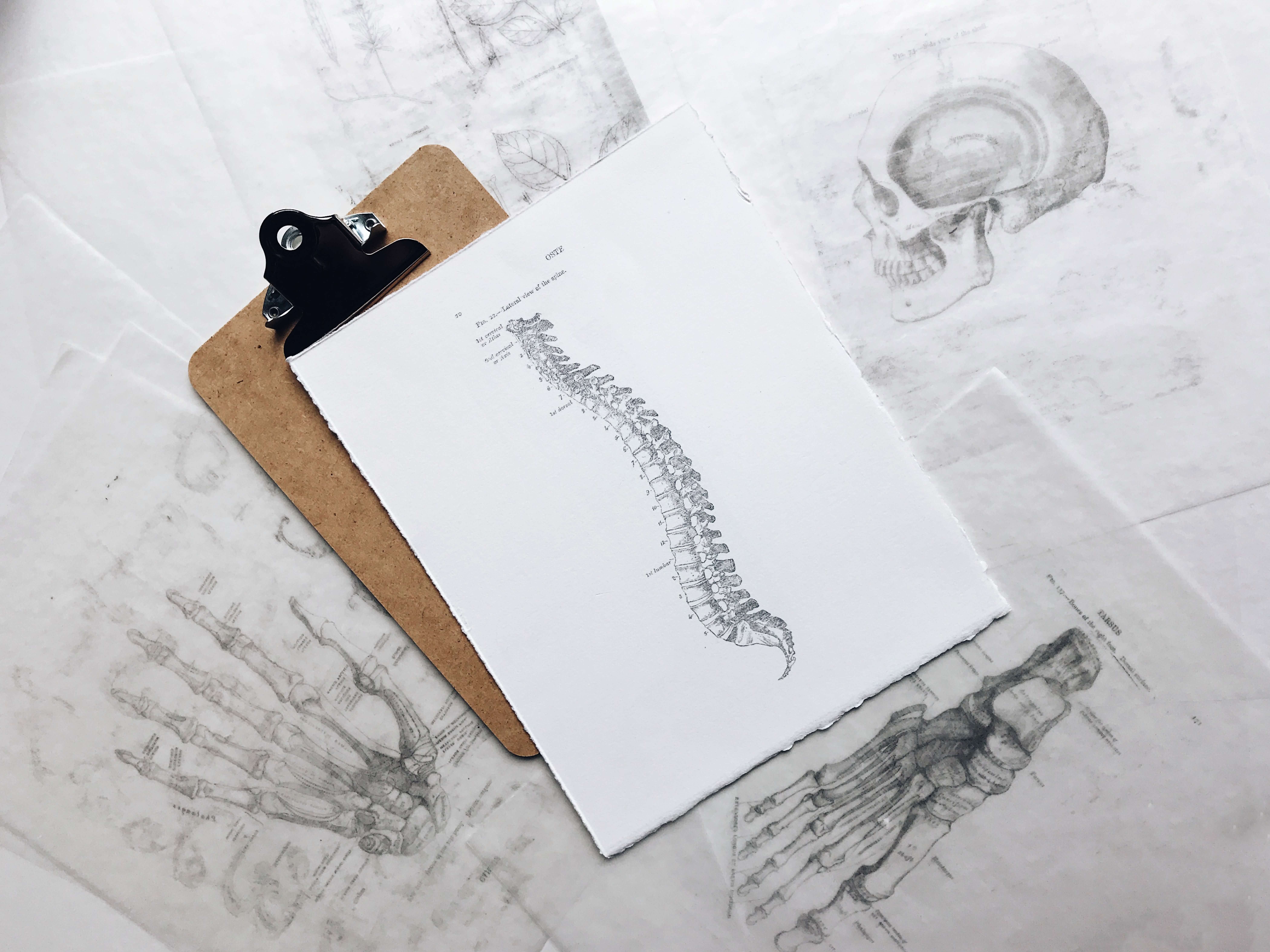Functional Outcomes in Spinal Cord Injuries
Functional Outcomes in Spinal Cord Injuries

The pressing question often arises when dealing with spinal cord injuries: will the patient regain the ability to walk? Predicting functional outcomes in these cases generally depends on factors such as spinal cord injury and the ASIA impairment scale. However, other variables, including concurrent medical conditions, can significantly influence the patient’s journey to recovery.
Impact of Reduced Hospital and Rehab StaysRehabilitation medicine has seen substantial changes, particularly in shortened hospital and rehabilitation facility stays. From 1973 to 2002, the average length of stay in acute hospitals decreased from 25 to 19 days. Likewise, rehabilitation facility stays were reduced significantly from 122 days to only 46 days during the same period. These shorter stays have had notable implications for patient rehabilitation and recovery.
Incomplete vs. Complete InjuriesWhen it comes to functional improvement, incomplete spinal cord injuries show more promise compared to complete injuries. For individuals with incomplete injuries, approximately half to two-thirds of one-year motor recovery typically occurs within the first two months following the injury. Recovery tends to slow down after the three to six months mark.
For patients with trace to fair muscle strength immediately following the injury, roughly 90 percent regain the ability to lift the muscle against gravity. In contrast, about 64 percent of those with zero muscle strength initially achieve anti-gravity strength after two years.
Given the shorter stays in rehabilitation facilities, post-discharge rehabilitation in settings such as skilled nursing facilities, home-based care, or outpatient rehabilitation centers has become common. Educating patients and their families on the importance of continued rehabilitation after discharge is essential to ensure a smoother recovery process.
Functional Outcomes in Various InjuriesLet’s take a closer look at functional outcomes for different levels of spinal cord injuries:
C1-C4 QuadriplegiaIndividuals within this category suffer from paralysis affecting both their upper and lower extremities, rendering them heavily reliant on the assistance of caregivers. Some may require mechanical ventilation. However, with specialized controls activated by the mouth, voice, breath, or infrared devices, they can regain some independence, including the ability to drink with a straw.
C5 QuadriplegiaParalysis affects the trunk, lower extremities, and some upper extremities. These individuals can operate motorized wheelchairs using their upper extremities, enabling self-feeding and grooming. Some may even regain enough functionality to drive with specific adaptations.
C6 QuadriplegiaPatients in this category experience paralysis of the trunk and lower extremities, with some loss of upper extremity function. Independence with feeding and grooming is usually achievable, although dressing the lower body may require assistance. With training and equipment like sliding boards, transfers become possible, as does independent manual wheelchair use.
C7 to C8 QuadriplegiaIndividuals in this range experience paralysis of the lower extremities and trunk but retain limited grasp and dexterity in their fingers and thumbs. While they can independently manage self-care tasks like eating, grooming, and bathing, they may still require respiratory function and secretions assistance. They can even achieve the ability to self-catheterize.
T1 through T9 ParaplegiaPatients with injuries at these levels experience paralysis of the lower trunk and lower extremities. Unlike higher injuries, their upper extremity strength remains, significantly improving their ability to engage in self-care tasks. They may require minimal attendant care for homemaking activities.
T10 to L1 ParaplegiaThis category involves full respiratory function but paralysis of the lower extremities. Patients often have good trunk stability and potential for ambulation with orthotic devices. They can maintain bowel and bladder function independently and typically require minimal attendant care for homemaking activities.
L2 to S5 ParaplegiaPatients in this range experience partial paralysis of the lower extremities but can independently manage bowel and bladder function. With the aid of a four-point cane, ambulation is possible.
Additional Therapeutic ConsiderationsAmbulation and bowel and bladder management are crucial in a patient’s rehabilitation journey. The ability to ambulate can reduce depression and is often facilitated using standing frames or tilt tables. Tilt tables are handy early to monitor blood pressure changes upon standing.
Embracing Recreation and SportsMany individuals with spinal cord injuries are young and miss participating in leisure activities. Organizations have emerged to cater to their interests in sports and recreational activities, providing avenues for these individuals to engage in fulfilling pursuits.
In the long run, maintaining an active lifestyle is crucial for spinal cord injury patients. A sedentary lifestyle can lead to repetitive motion trauma, joint issues, contractures, pain, and psychosocial consequences like depression. Exercise can significantly improve endurance, muscle strength, flexibility, bone density, posture, and cardiovascular health. However, exercise choices should be made carefully, considering the risk of injury.
In the world of spinal cord injuries, the road to recovery is not always easy, but understanding the potential for functional improvement and embracing opportunities for recreation and physical activity can make a significant difference in the lives of those affected.
Editor’s Note: updated 10.26.23 Photo by Joyce Hankins on Unsplash